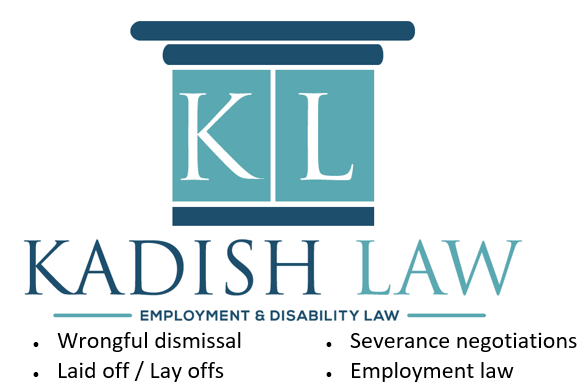Common Law is the system of law that is created based on precedent. When a judge renders a decision in a case, this can be used by other judges in later decisions. In Ontario, the Common Law after someone has been fired from their job refers to the precedent (or earlier decisions) in other similar cases.
In the context of employment law, after a wrongful termination specifically, often one hears “common law severance” referred to as the larger entitlement an employee has after being fired. The lesser/lower amount being either the statutory minimum amounts or nothing at all if the employer has cause for termination. Let’s discuss these in a bit more detail below.
Common Law Termination Pay
Common Law termination pay will be based on previous decisions by the Courts. They will examine similar cases in the past, looking to the employee’s age, length of service, salary, position, etc, to determine what a fair “notice period” should be. Assuming there is no cause for termination (which will be discussed in greater detail below), the amount you may receive at Common Law will be usually greater than, sometimes equal to, but never less than the statutory minimum amounts. The maximum Common Law termination pay you can receive is usually around 24 months (with rare exceptions), but to determine how much Common Law severance pay you may be entitled to speak with an experienced employment lawyer for a free case review.
Statutory Minimum
Depending on whether you are Provincially or Federally regulated, you may be governed by either the Employment Standards Act or the Canada Labour Code. These provide basic entitlements and protections for employees that cannot be infringed. For example, if a contract stated that upon termination an employee agrees to receive less than the minimum amounts under this legislation, a judge will usually render that limitation invalid and remove it from the contract all together (even if the employee knowingly signed it).
The only way an employee can be bound to the statutory minimum entitlements (of notice, and sometimes severance pay) is by a valid and enforceable contract. Often even in cases when a contract exists it will be rendered invalid or unenforceable (see the example above), leaving the employee open to pursue a greater amount of termination pay under the Common Law. An experienced employment lawyer can review your employment contract to determine if it is enforceable and compliant with the relevant caselaw (which is updated all the time), or not, and if you might be entitled to greater severance pay than you were offered.
Cause for Termination
The only situation in which an employee can be deprived of even the statutory minimum payments is when they have done something serious enough that it will constitute cause for termination under the relevant legislation.
To learn what your maximum termination pay could be under the Common Law system, call Kadish Law today for a 100% free severance review.

Recent Comments